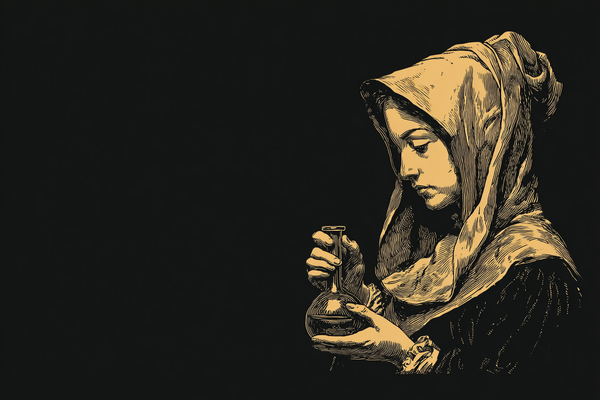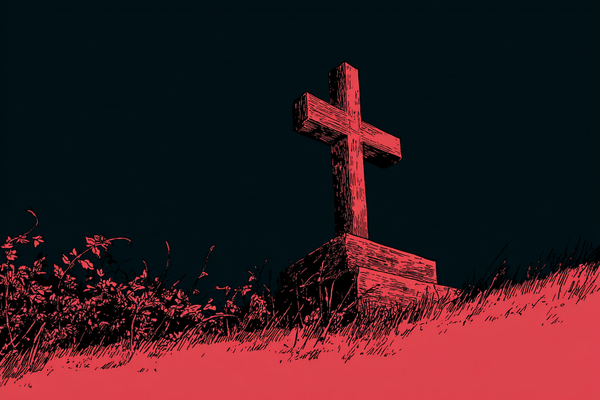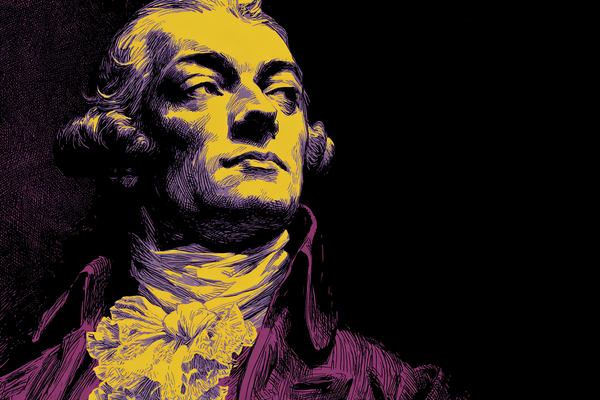Herbs and Their Uses in Alchemy
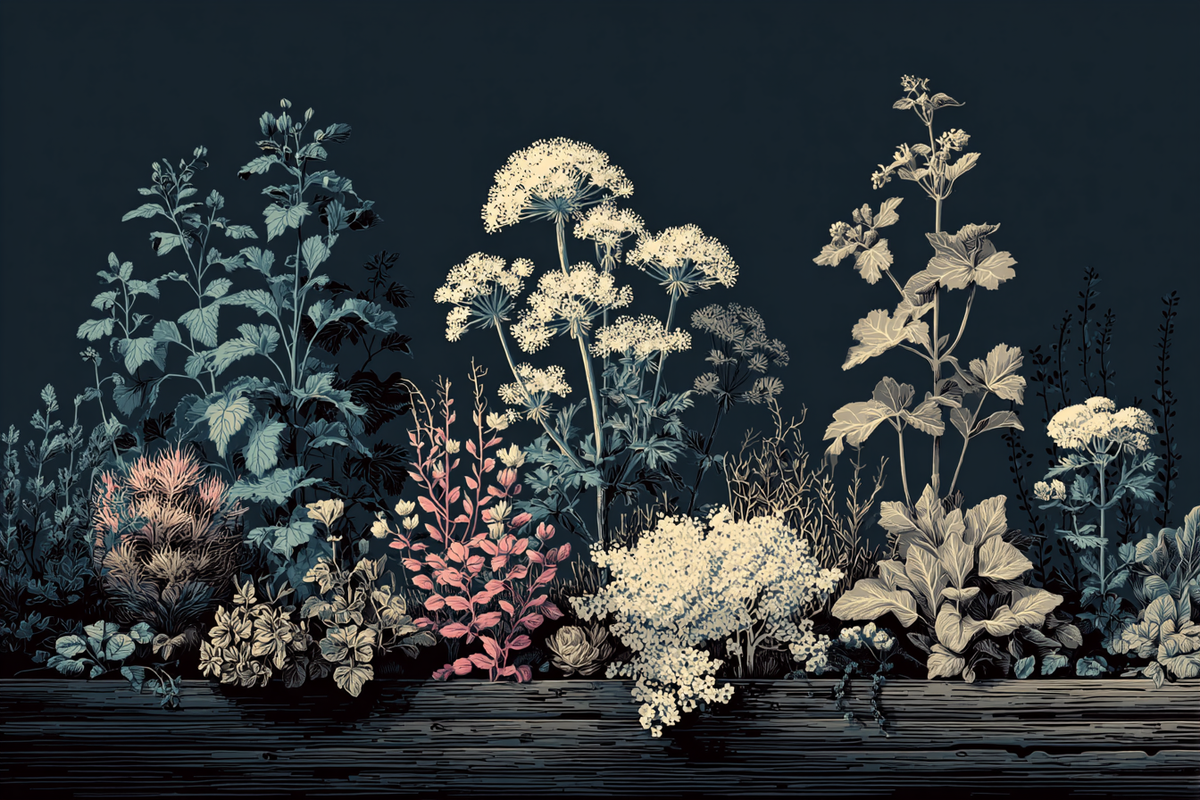
In the dim glow of medieval laboratories, alongside glass alembics and copper stills, lay another essential tool of the alchemist: the humble herb. Plants were seen as vessels of hidden forces, their roots and leaves carrying cosmic signatures. For the alchemist, herbs were more than medicine or incense—they were living symbols of transformation.
Herbs as Living Symbols
Alchemy rests on the belief that everything in nature mirrors the great cosmic order: the doctrine of signatures. Shape, color, or growth pattern suggested a plant’s hidden properties. A yellow flower like calendula was linked with the Sun; a plant that thrived in shadow, like sage, might be tied to Saturn’s wisdom.
For the alchemist, herbs weren’t just physical remedies—they were keys to unlocking spiritual truths.
The Alchemist’s Herbal Companions
Here are some of the most celebrated herbs in alchemy and the roles they played:
Sage (Salvia officinalis)
Sage’s very name comes from salvare—to save or heal. Alchemists prized it as a purifier, protector, and a herb of wisdom. It was often burned before rituals to clear both air and mind, thought to align the practitioner with higher knowledge.
Rosemary (Rosmarinus officinalis)
Called the “dew of the sea,” rosemary symbolized remembrance and purification. In alchemical work, it was believed to sharpen focus and guard against negative influences, often included in distillations and elixirs of clarity.
Calendula (Calendula officinalis)
The “sun’s bride” opened its golden petals with the morning light. For alchemists, calendula carried solar virtue—vitality, warmth, renewal. Its tinctures and oils were thought to strengthen both body and spirit, echoing the regenerative power of the Sun.
Mandrake (Mandragora officinarum)
Few plants loom as large in alchemical lore as the mandrake, with roots often resembling human forms. Dangerous and mysterious, it was associated with fertility, transformation, and deep magic. Alchemists viewed it as a plant of Saturn, embodying death and rebirth.
Mugwort (Artemisia vulgaris)
Named for Artemis, goddess of the moon, mugwort was linked with dreams and prophecy. Burned as incense or infused as a tea, it was thought to open the “inner eye.” In alchemical symbolism, it aligned the practitioner with lunar mysteries.
Nettle (Urtica dioica)
Its sting was seen as fiery Mars energy—discipline through pain, strength through trial. Alchemists used nettle in purifications, believing it burned away weakness and sharpened resilience.
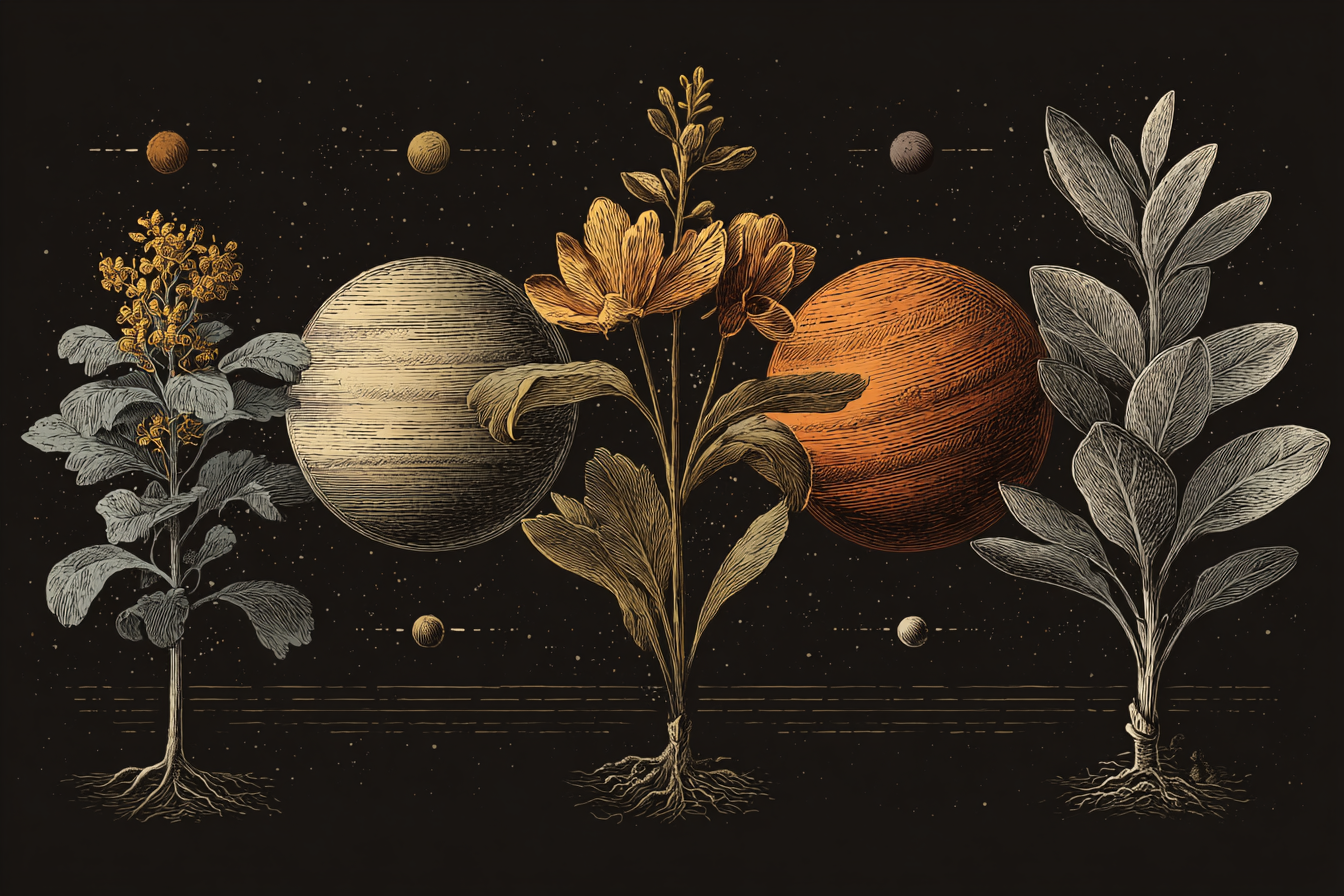
Plants and the Planetary Ladder
In alchemy, each planet ruled certain herbs:
- Sun: St. John’s Wort, Calendula – vitality, illumination
- Moon: Mugwort, Willow – intuition, reflection
- Mercury: Lavender, Dill – communication, subtle energy
- Venus: Rose, Melissa (lemon balm) – love, harmony
- Mars: Nettle, Basil – courage, protection
- Jupiter: Sage, Hyssop – expansion, wisdom
- Saturn: Mandrake, Cypress – transformation, boundaries
This planetary map gave the alchemist a way to select herbs for talismans, elixirs, or meditative practice.
Methods of Alchemical Use
Distillation: Herbs were distilled in alembics to capture their essential oils and hydrosols—the “soul” and “spirit” of the plant.
Incense & fumigation: Burning herbs symbolized transformation through fire, carrying prayers per fumum—through smoke.
Elixirs & tinctures: Herbs were steeped in alcohol or vinegar, producing preparations thought to balance body and spirit.
Symbolic gardens: Many alchemists cultivated physic gardens aligned with planetary order, creating living laboratories of the cosmos.
The Deeper Meaning
To the alchemist, herbs taught transformation. A seed dies into the soil to rise as a plant; a flower fades to fruit, then seed again. This eternal cycle mirrored the Great Work: the transmutation of matter, and the refinement of the human soul.
In this way, the herb garden was more than pharmacy. It was a book of symbols written in green, where each leaf whispered secrets of the universe.
The Crazy Alchemist takeaway
Herbs are not just medicine—they are bridges between the visible and invisible, the earthly and the celestial. For the alchemist, they were teachers of patience, endurance, and transformation. Even today, a sprig of rosemary, a sage leaf, or a bloom of calendula can remind us that nature itself is an alchemical text, waiting to be read.



